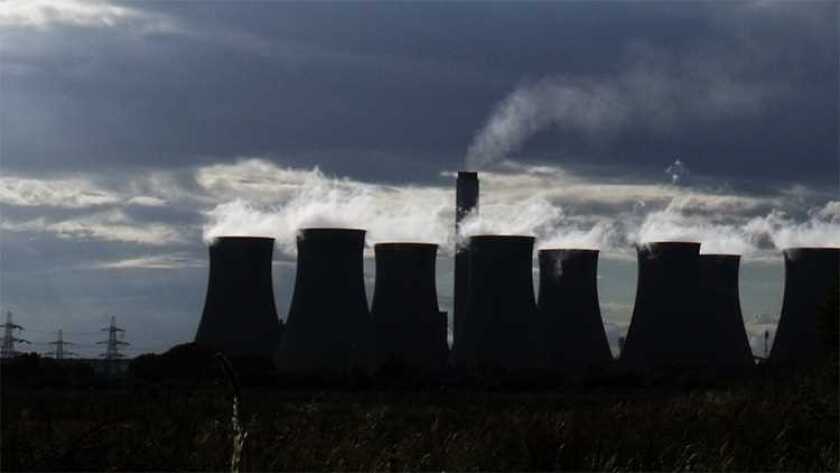The GSMA, which represents 750 operators worldwide, said that smart technology could contribute 40% of the required carbon emissions savings for the world’s net zero goals.
These are being discussed at the two-week COP26 conference, which started in Glasgow this morning.
The GSMA is holding a meeting about the report in Glasgow on Wednesday, starting at 13:00 UK time. It will also be livestreamed.
Mats Granryd, director general of the GSMA, said: “The risk is that without smart technology used widely, the world will miss 2050 net zero commitments. Business leaders and policymakers must act now to harness the power of mobile technology and connectivity as a key lever in the global race to net zero.”
The trade association, which also represents vendors and other companies in the industry as well as operators, said that new research, backed by the Carbon Trust, shows mobile connectivity and smart technology are significantly underused by energy-intensive industries, such as power and manufacturing.
“In the energy sector, connected technology is only used in around 35% of solar grids and 10% of wind grids globally,” said the association. “Around 5% of the manufacturing sector uses connected technology. And yet, these technologies could help fulfil almost 40% of the cuts required in carbon emissions by 2030, if these industries are to reach net zero by 2050.”
Granryd said: “As low and zero-carbon technology evolves, people might think we will need to rely on future technology solutions to meet net zero goals. At the GSMA, we disagree. We believe that many of the smart tools and technology needed to drive down carbon emissions, especially in the energy sector, already exist – they just aren’t being used to their full potential.”
The GSMA research focuses on four energy-intensive industries, including energy, transport, buildings and manufacturing. The savings it identified “are the same as decommissioning 2,700 coal-fired power stations”, it added.
The organisation said that 46% of the cut required in carbon emissions in the energy sector could come from the rollout of connected wind and solar energy grids.
Almost two thirds of the required carbon emissions reductions across transport could come from digital infrastructure to support electric vehicles, working from home, and optimised routing and fleet management of road haulage and commercial shipping.
The buildings sector could save 43% of the required carbon reductions from the impact of installing smart meters in residential properties and smart buildings that use connected heating, ventilation, and air-conditioning.
And one sixth of the carbon reductions required in manufacturing could be provided by smart manufacturing processes, equivalent to 1.4 billion tonnes of CO2 – equivalent to the emissions from manufacturing 140 million cars.






